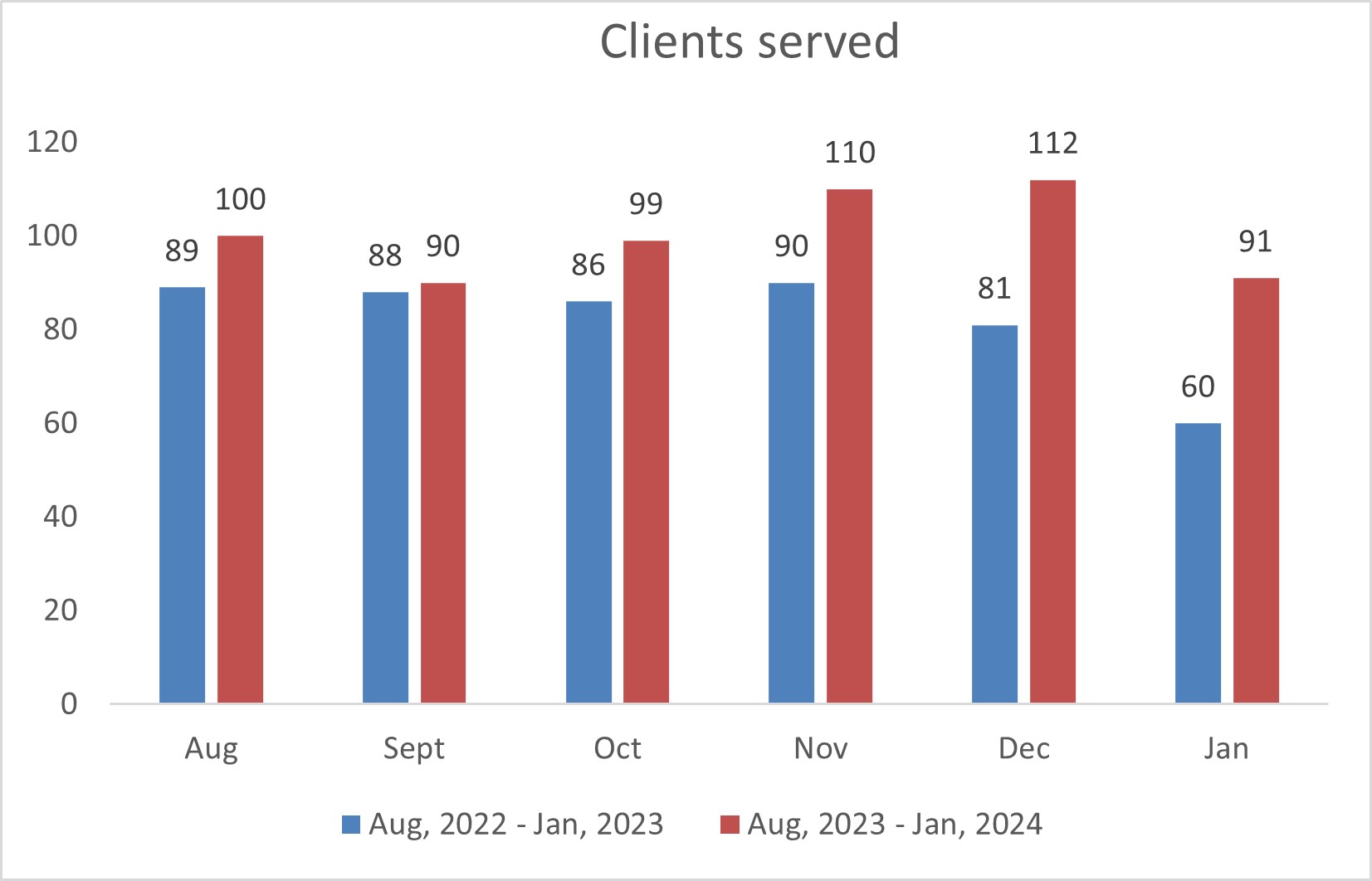I.Theme – Scope and meaning of God’s Authority

"St. Peter’s – inside picture as a drawing"
The lectionary readings are here or individually:
Old Testament – Deuteronomy 18:15-20
Psalm – Psalm 111 Page 754, BCP
Epistle –1 Corinthians 8:1-13
Gospel – Mark 1:21-28
Mark – Jesus demonstrates divine authority by healing a man with unclean spirit. Jesus preaches the Good news even when it leads to conflict
Deuteronomy – Moses encourage people to listen to God’s prophet and heed God’s word
Corinthians – True obedience to law must be balance by love and compassion
From Bruce Epperly – "Process and Faith"
"Today’s lectionary readings reflect on the nature of authority and the impact of our actions on the wellbeing of others. The season of Epiphany is an invitation to reflect on the many places and ways God reveals Godself to humankind. With the mystic Meister Eckhardt, Epiphany is grounded in the affirmation that all things are words of God. Anyone of us – and also the non-human world – can be a vehicle of divine revelation. Yet, revelation is always contextual, concrete, and variable.
"In the historical matrix of life, some persons and places are more transparent to the divine than others. This is a matter of call and response – God’s call and our responses as individuals and communities. Still, even though all of us turn away from God at times, some more than others, all persons have something of the divine within them. As John’s Gospel proclaims, the light of God enlightens all, even when we pursue darkness rather than light.
"The words of Deuteronomy are both promising and threatening. God will raise up a prophet – another spiritual leader or group of leaders – to succeed Moses. According to the text, God will put words in the prophet’s mouth. Those who don’t follow the prophet’s words will be punished. Any prophet who extemporizes or deviates from God’s revelation will be destroyed.
"The good news is that “God is still speaking” and we can find enlightenment for our path. Still, these words are ambiguous and raise a number of questions:
"Can finite, time bound, and imperfect human beings speak God’s words “perfectly?”
"Can prophets and spiritual leaders ever escape their historical, ethnic, and religious perspective?
"Can we directly speak for God or are our words, by nature, indirect and opaque despite their insight and inspiration?
"How do we know which words come from God and which are self-promoting and manipulative? That is, in a pluralistic environment, how can we discern the difference between “true” and “false” prophecy?
"Psalm 111 speaks of divine authority as a blend of love, power, and justice. Creation itself reflects divine authority, the ability of God to shape our world, cosmologically as well as ethically. There is plenty of free play and competition in the universe – each event emerges from many causes ranging from environment, personal choice, and divine direction – but within this intricate matrix of causation, there is a consistent force aiming at novelty, justice, fairness, and beauty. Authority figures must be judged by their adherence to the “moral arc” of divine intentionality.
"We must always ask the following questions: Does an authority figure promote justice, creativity, and beauty? Does an authority figure seek what is truly best for the community, including honoring diverse opinions and lifestyles? Does an authority figure enable people to be more creative, more adventurous, and more compassionate?
I Corinthians 8:1-13 explores the nature of personal authority and our responsibility for the way our actions – even matters of personal preference – shape the lives of others. Paul notes that even though some of our behaviors or words are in and of themselves innocuous, we need to take heed for their impact on others – especially less mature members of our community. Ethics, Paul recognizes, is not a matter of absolutes or unbending principles, but the impact on the people right in front of us. If our abstractions harm our neighbors, then our principles are of little value to the communities in which we live.
"The reading from the Gospel of Mark (1:21-28) sees Jesus’ authority as joining words and action. Jesus walked the talk, and spoke words that transformed people’s lives and reflected God’s vision for humankind. In today’s reading, Jesus’ sermon leads to action. He confronts a man, possessed by a destructive spirit. While we don’t know the nature of this spirit, it destroyed his personality, rendered him an outcast, unclean, and unable to live with his family. Jesus confronts this unclean spirit with the simple words: “Be still. Come out from him.”
"Jesus’ authority leads to healing and wholeness, inclusion and hospitality. Jesus’ power was for good. His words and actions promoted creativity, agency, growth, and interdependence.
"Today’s readings promote spiritual practices that enable us to attentive to God’s “whispered word.” Discovering our personal authority involves a commitment to prayer, devotional reading, communities of support and accountability, and concern for others. They also challenge us to embody the values we affirm as we seek the wellbeing of our companions and communities. Contemplation and action are one dynamic reality: our insights lead to healing and affirming actions that shape people and communities."
Read more







